Long story short: I got my first digital camera this year after many decades of shooting film. I don’t get into the respective merits of each form; I see and I, hopefully, exploit their respective benefits.
I have acquired a range of cameras over time. My newest camera is not the Fujifilm X-T5, though. The newest is the Afghan Street Box my son and I have built. That’s a longer-term thing, for another time, though.
Anyway, back to basics. I saw a Kodak Retina in absolutely superb condition in a market a few weeks ago and grabbed it. It needed only a very minor cleanup rather than being fixed up – in fact, the only damage to it was a broken spring under the button for resetting the frame count – a spring I broke myself while cleaning the viewfinder. It was easily replaced by making a new one.
To the camera: the condition, as I say was utterly pristine, and the leather case quite fetching. The winder and shutter and lens were buttery smooth. All that was needed was a film.
Well, that, and deciding what this camera *was*. The body and serial number indicates early manufacture in the series, which puts it at 1954. The serial number on the beautiful lens/shutter, indicates an earlier year. Hmm. A mystery. Perhaps it’s a cut and shut.
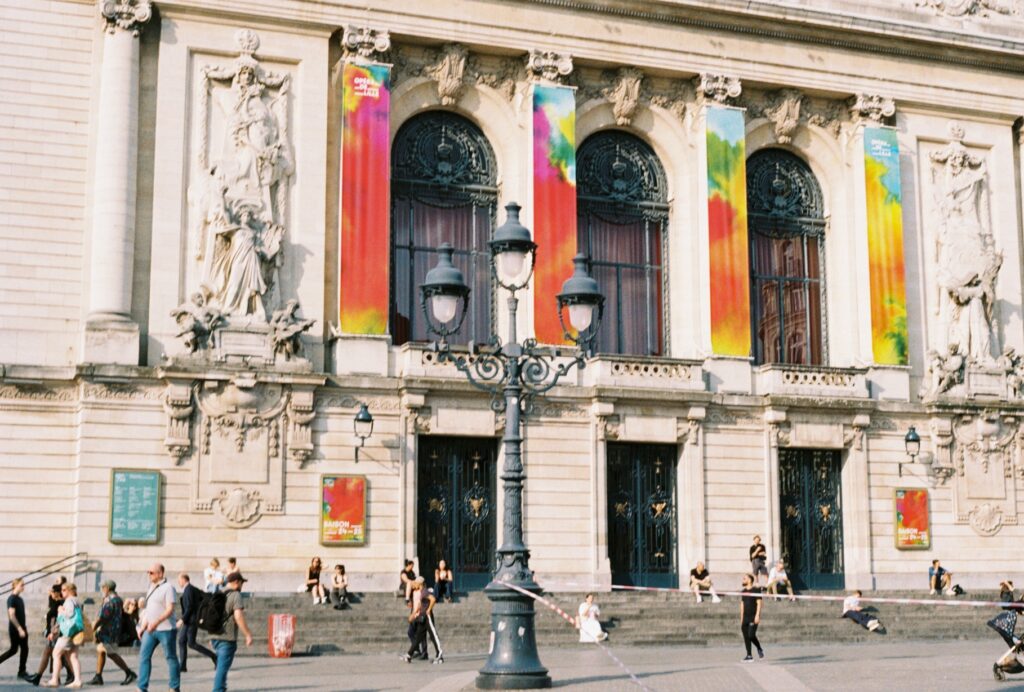
There were a couple of quirks to account for. The camera is a viewfinder. Focus by eye, then – and that through a very small viewfinder indeed. It also has the winder mechanism in the base of the camera.
But… the big thing (also possibly the smallest thing) was the lens/shutter/aperture unit. It’s a beautiful piece of mechanics, and it is all based on establishing one figure – The EV value for the scene you are capturing. No faffing around with exposure triangles here. The mechanics of the shutter do the rest. Once an EV figure is selected, the photographer can choose their preferred exposure, or their favoured aperture, but not both independently. In fact each of these prevents the other from under or over-exposing. In practice, as you select one, the mechanism simultaneously changes the other to compensate. Very clever. A form of exposure or aperture priority – whichever you prefer, and not a battery in sight. You still have the ability to override the EV if you want to control the light more. If you try to push either the exposure or the aperture beyond the limits of what will result in a picture, the mechanism prevents selection of those values. A standard etched guide on top of the lens shows DoF to be expected at the aperture and the distance selected – again, by the smoothest of throws.
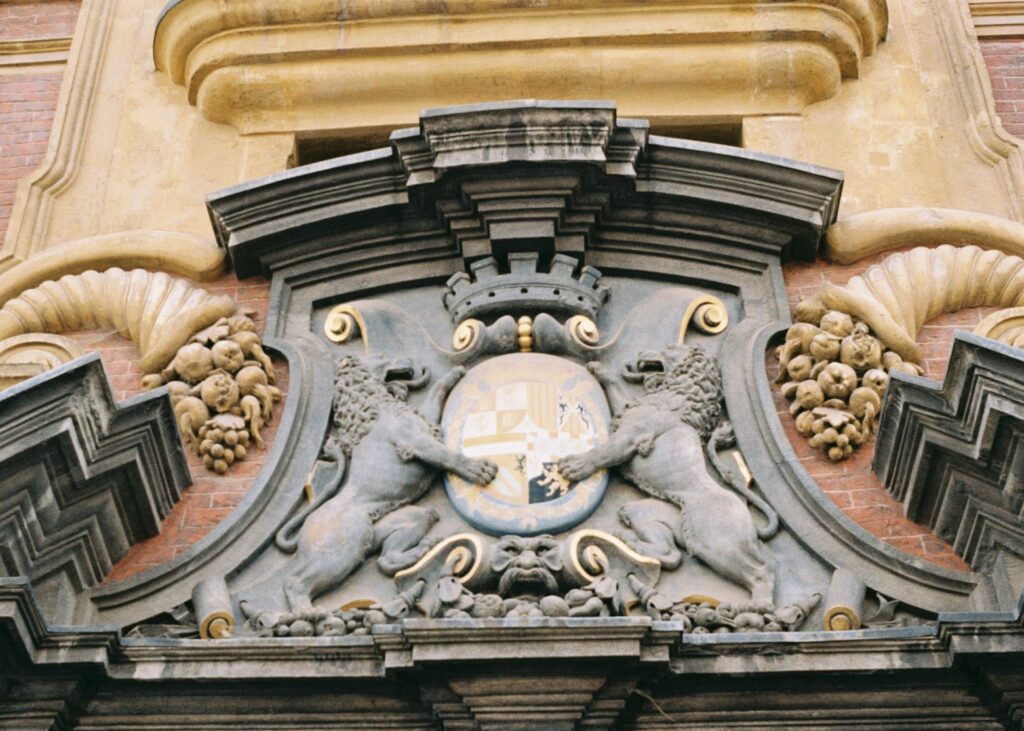
On top of that, the camera was designed to accept different lenses – the oddity being that the different optics were loaded onto a bayonet situated in front of the shutter mechanism, which remained common to any focal length available. For my purposes, the standard Schneider-Kreuznach f:2.8/50mm was just fine. Research tells me that using the variant lenses may involve recalculation of the settings, and since the longest lens is 80mm, it’s hardly worth the effort.
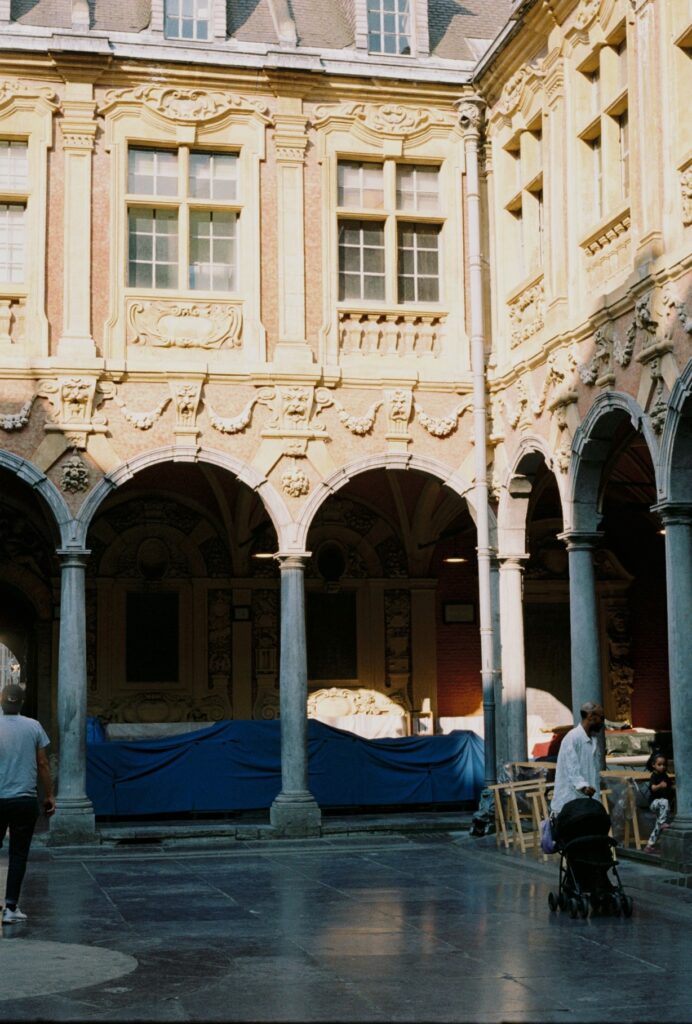
So I loaded the film up (another quirk – the frame counter needs to be set to a diamond, and blank shots taken to take up the leader film until the counter reaches – in this case – 36). Yes, the frame counter counts down. The designer of this element was definitely the only half-glass empty person involved in its design.
After that, it was a matter of periodically checking the EV, courtesy of a free app I’d downloaded, and testing with varying aperture/exposure settings. I took some photos in my home town, Lille. It’s close to the border with Belgium, so reaps the best of both worlds – wines and beers, Belgian fries and waffles, French bread and cheese. All that and Flemish architecture. Culture knows no border guards.
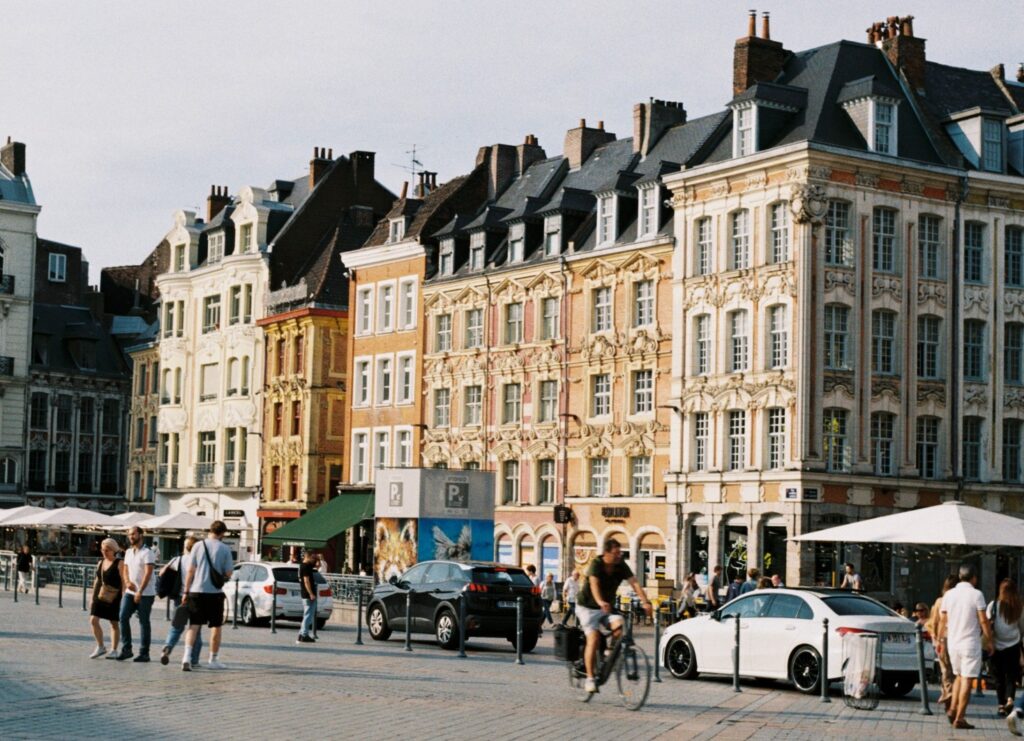
I was thrilled with the results from a 70 year-old camera, with a lens/shutter of unknown age. The mechanics were smooth and it felt as if it could have been made yesterday. For the record, I took photographs of the old Bourse building, alongside some inside (it is now used as a flea market – and is where I bought it). We have some faded coats of arms along with a photo of the Lille Opéra. That and a view of one of the streets on the verge of this charming city.
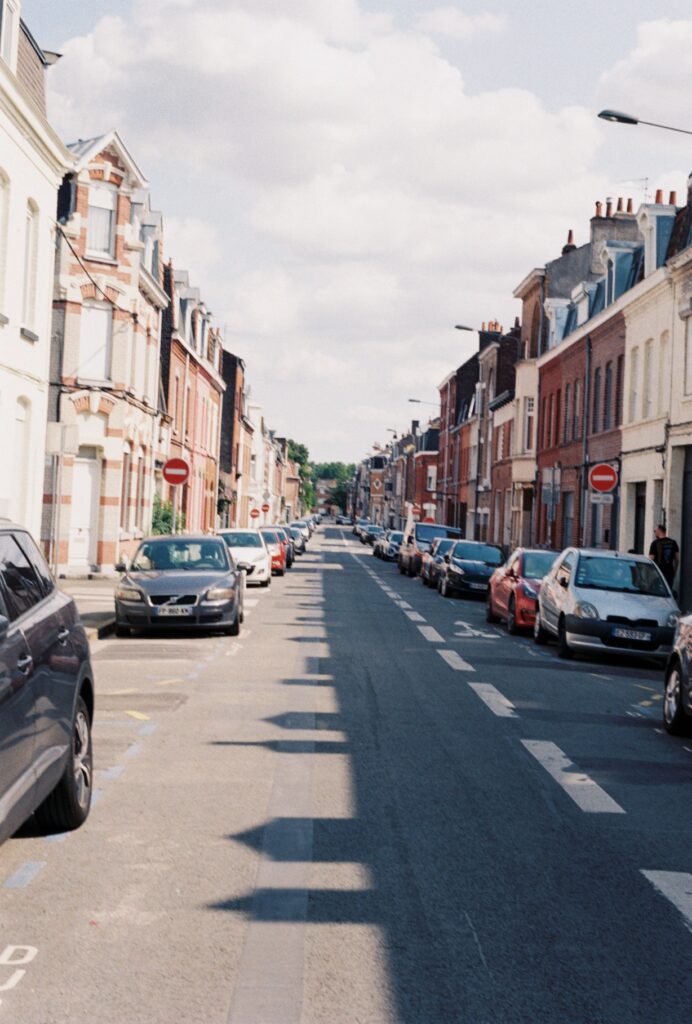
The shots were all somewhat overexposed. Those idiots in Samsung clearly didn’t get the memo about backwards compatability – but this is the easiest thing to adjust to next time around. Part of me regrets having too much trust in the app, and I possibly could have bracketed the film, but that way I end up with maybe two-thirds ruined – and potentially (if all things work in harmony) good shots where the phone app was right all along. In any event, within a few shots, the camera had captivated me to the extent that I was using it to take photos – I wasn’t testing it.
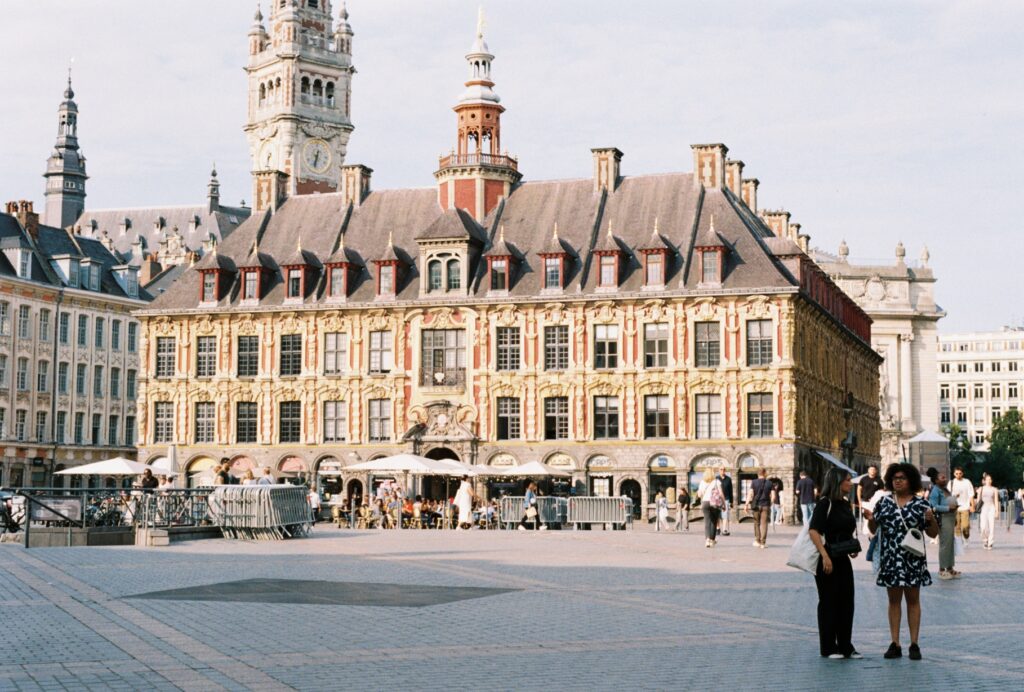
I could have tried harder with the film, though. I actually just grabbed the only colour film in the fridge. Once loaded – and only then – did I research its qualities. It seemed to fit the bill for a test; reasonably fine-grained, good colour reproduction, though iffy at lighting extremes.
If the photos are soft, that’s partly a result of my struggle with getting distances right, but overall I am thrilled with the results obtained with such a venerable yet somehow modern camera. All that, and it looks good on the shelf (where it won’t rest idle). It looks even better on the shoulder, which resulted in some gen-Zers looking at me as if I am going through a mid-life crisis. They may be correct; it makes for a rather fetching accessory, if one for another era.
A keeper, I think. Did I mention that it was as smooth as silk? It has a roll of monochrome in it for further testing. I’ll push it a bit harder this time around, and I’ll push the film too.
Share this post:
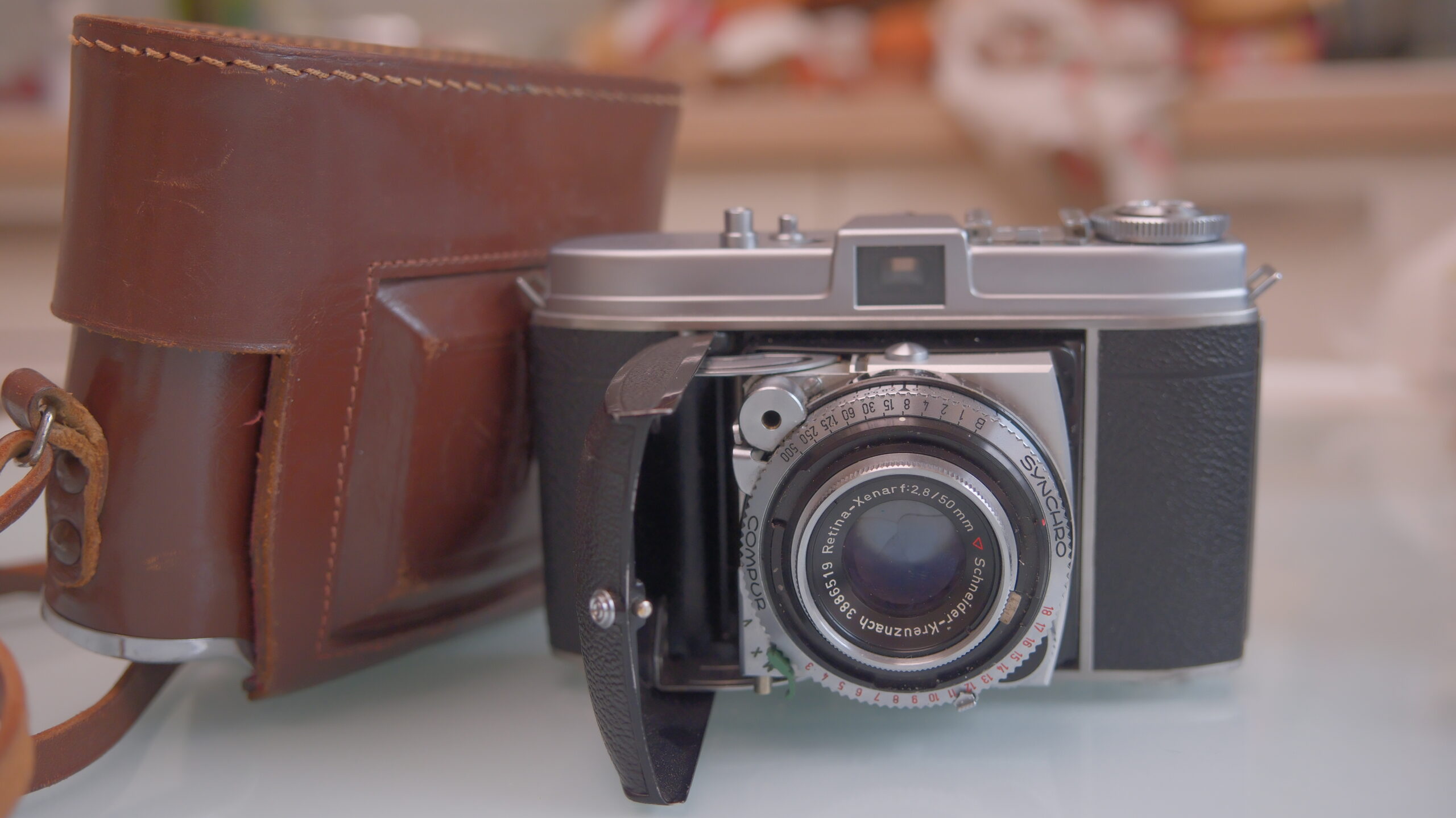
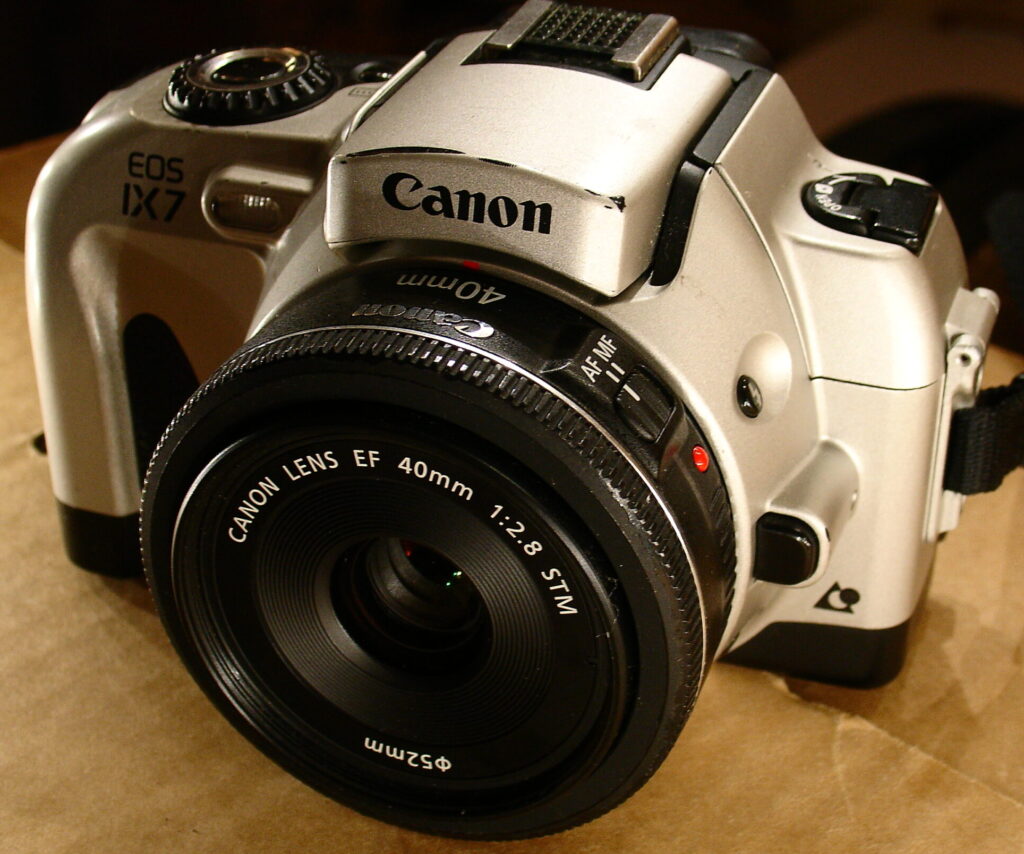
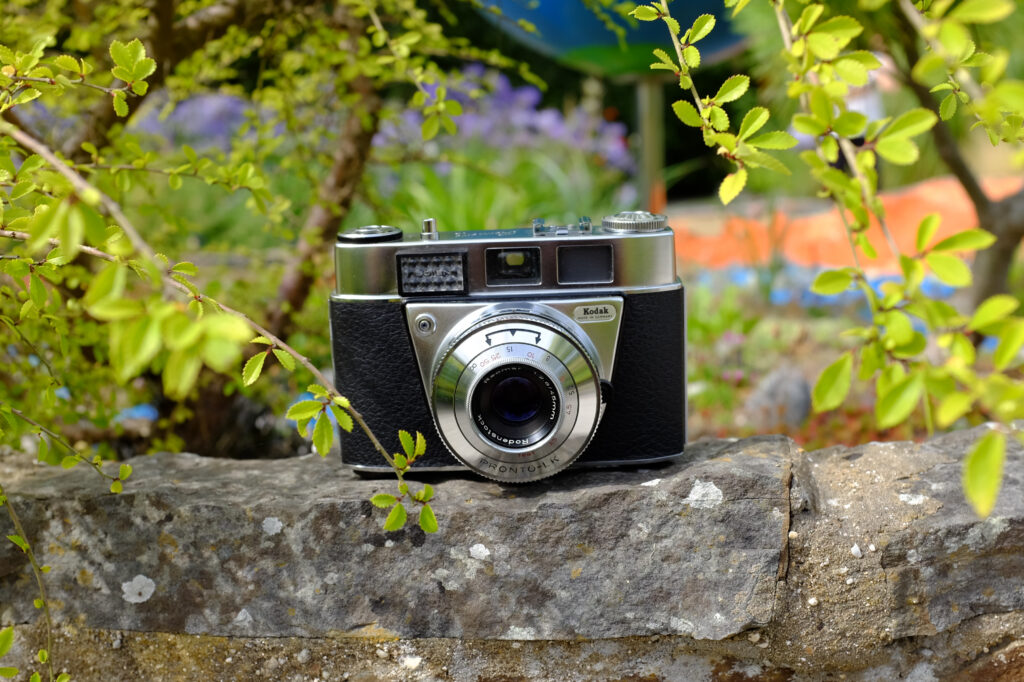
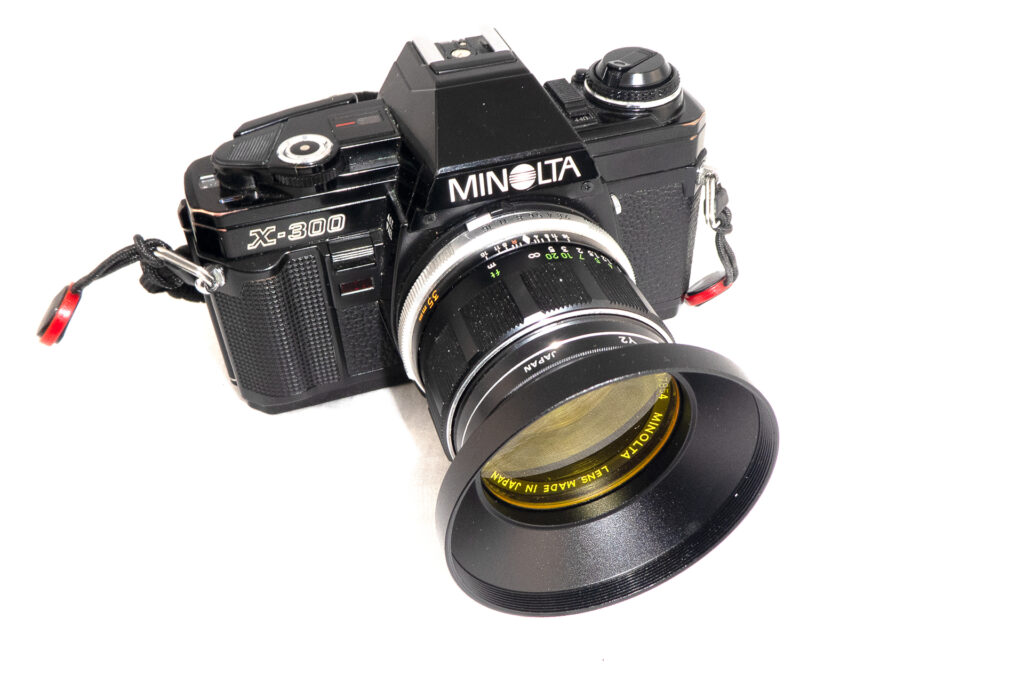
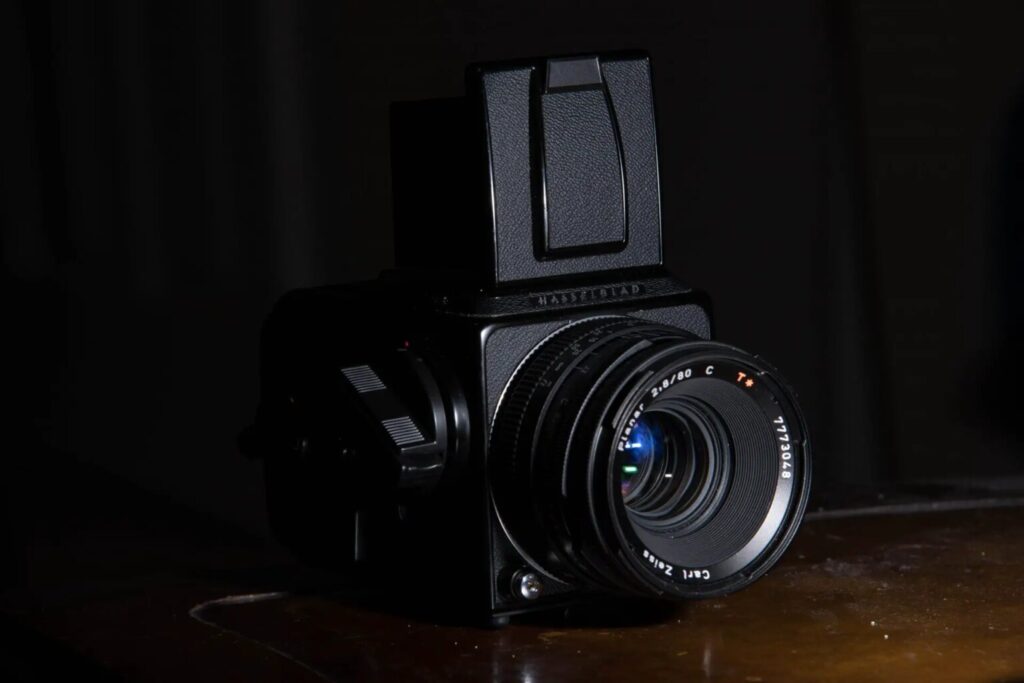




Comments
Geoff Chaplin on 5 Frames with a Kodak Retina Ib (Model 19) and a roll of Kodak ColorPlus 200
Comment posted: 21/09/2024
Alex G. on 5 Frames with a Kodak Retina Ib (Model 19) and a roll of Kodak ColorPlus 200
Comment posted: 21/09/2024